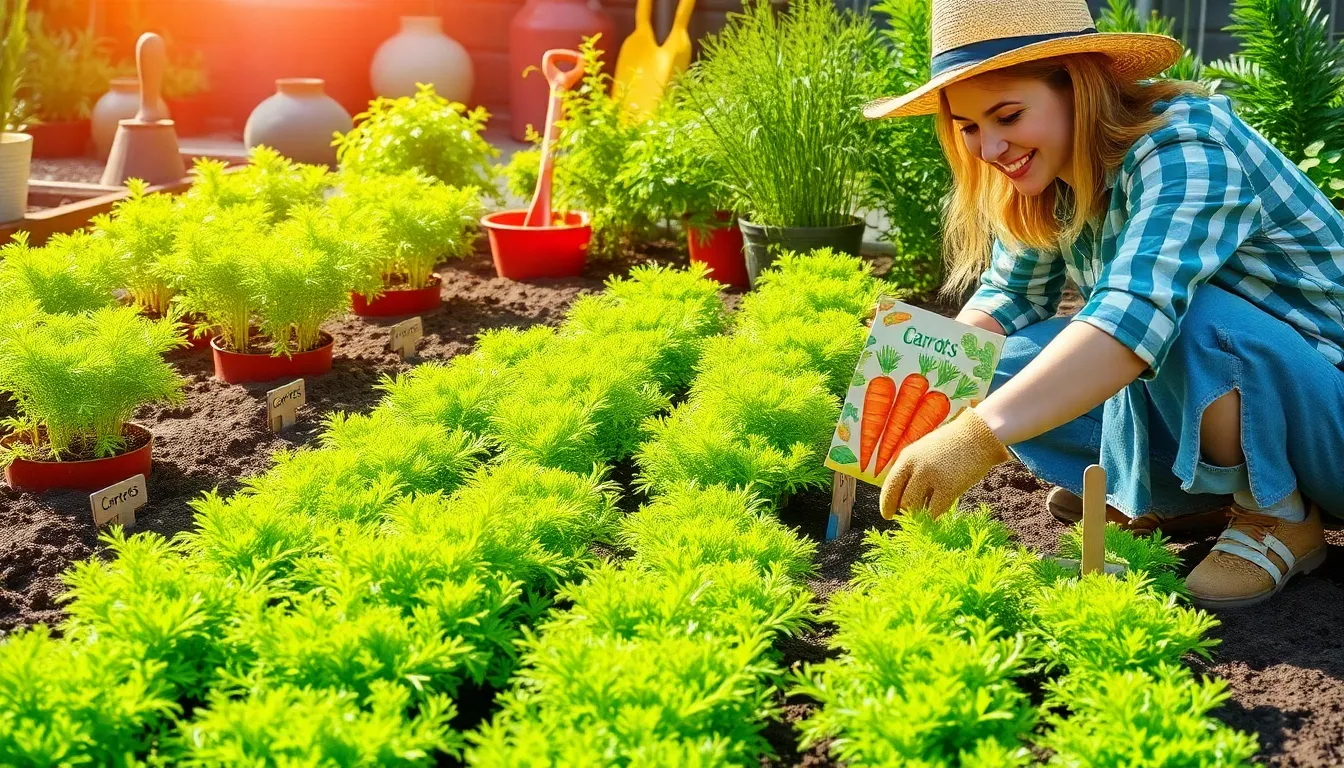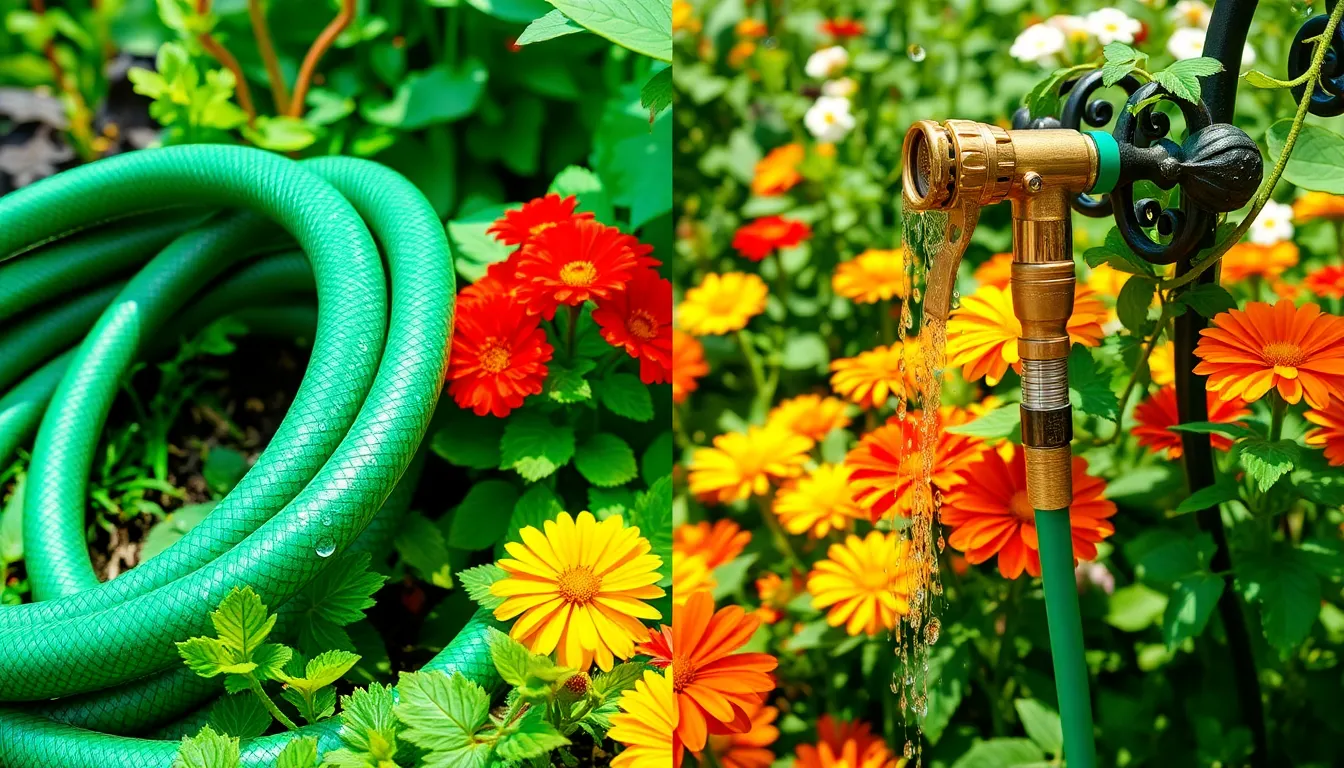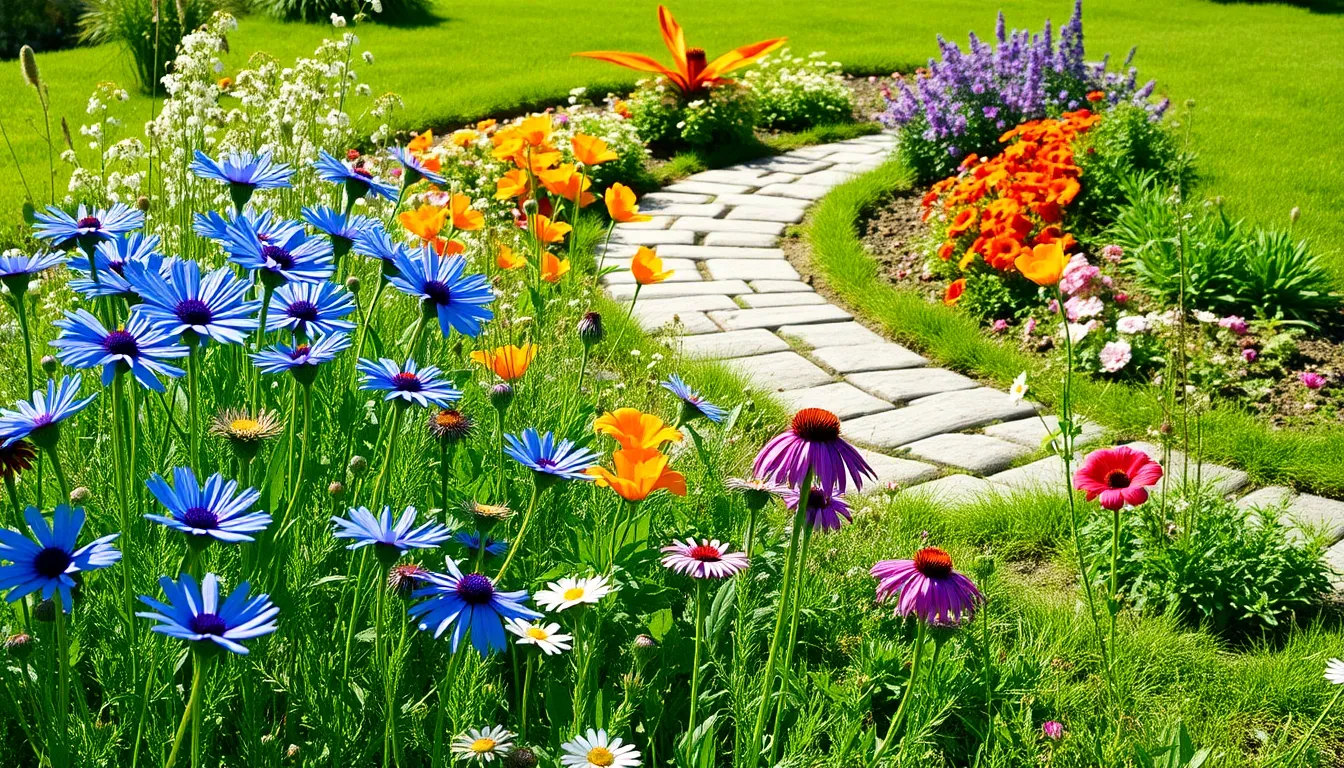Carrots, with their vibrant colors and sweet, earthy flavor, are a beloved staple in gardens worldwide, yet growing them from seed can be shrouded in mystery and misinformation. Whether you’re sowing your very first row or you’re a seasoned green thumb, understanding the truths behind these myths can lead to a more fruitful carrot harvest. It’s not uncommon for gardeners to feel daunted by tales of stubby roots and sparse germination, but fear not—these challenges are often rooted in myth rather than reality. By debunking these common misconceptions, you’ll gain the confidence to cultivate a thriving garden full of delicious, home-grown carrots.
In this article, we’ll unravel the common myths surrounding growing carrots from seed, shedding light on what truly matters in the process. From soil preparation to thinning techniques, we’ll explore practical advice that will empower you to nurture your crop successfully. You’ll discover that, with a bit of understanding and care, carrots can become one of the most rewarding plants in your garden. So roll up your sleeves, grab your seed packets, and let’s dispel those myths together—transforming your approach to carrot cultivation with knowledge and a sprinkle of enthusiasm.
Debunking Seed Spacing Myths
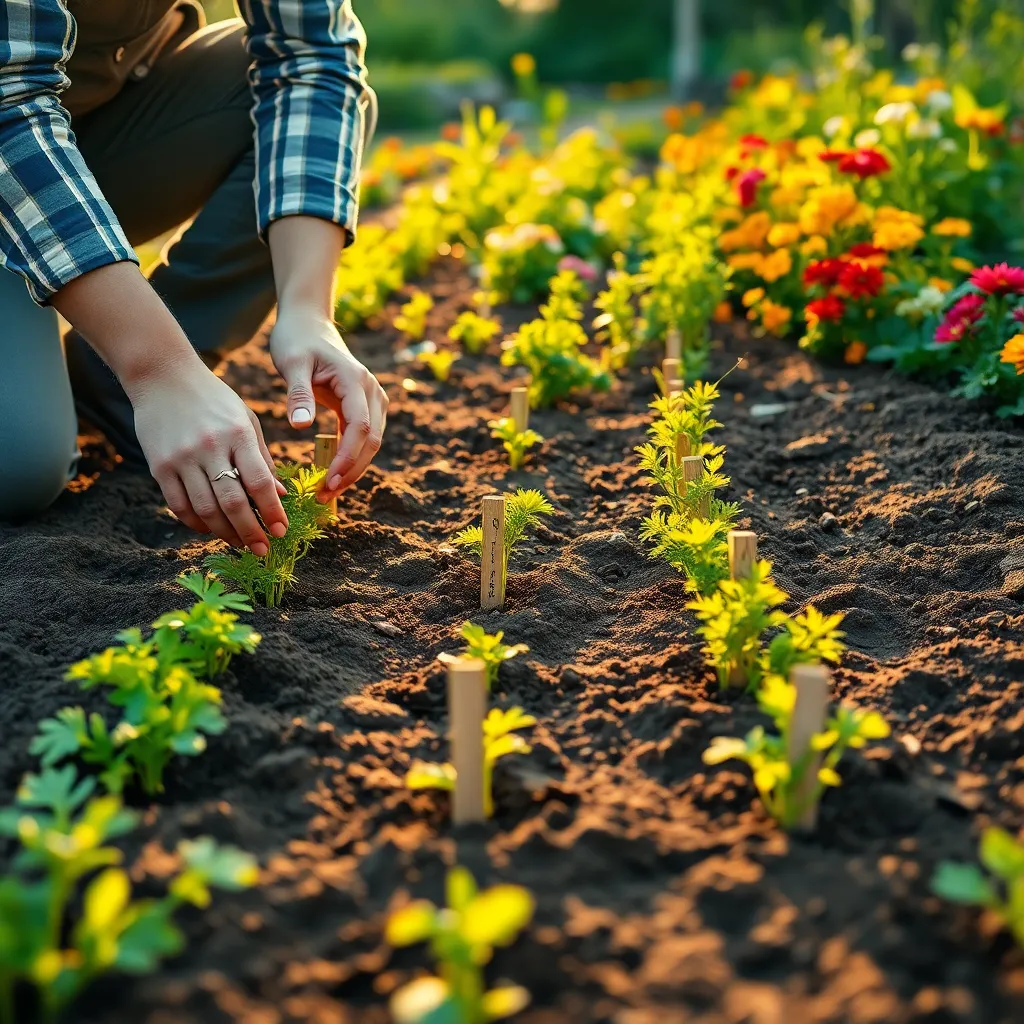
One common myth about growing carrots from seed is that they require extremely precise spacing to thrive. While spacing is important, carrots are surprisingly forgiving and can be thinned out after germination to ensure adequate room for growth.
Instead of obsessing over the exact distance between seeds when planting, focus on ensuring the soil is loose and well-drained. Carrots prefer sandy or loamy soil with a pH between 6.0 and 6.8, which allows their roots to develop straight and smooth.
After sowing your seeds, you should lightly cover them with a thin layer of soil, about 0.25 inches, and keep the area consistently moist. Regular watering is crucial, especially in the early stages, as even moisture supports germination and prevents seeds from drying out.
Once your carrot seedlings appear, thinning them is essential to prevent overcrowding, which can stunt growth. Aim to thin seedlings to about 2 to 3 inches apart, ensuring each plant has enough space to expand and mature properly.
Clarifying Soil Type Misconceptions
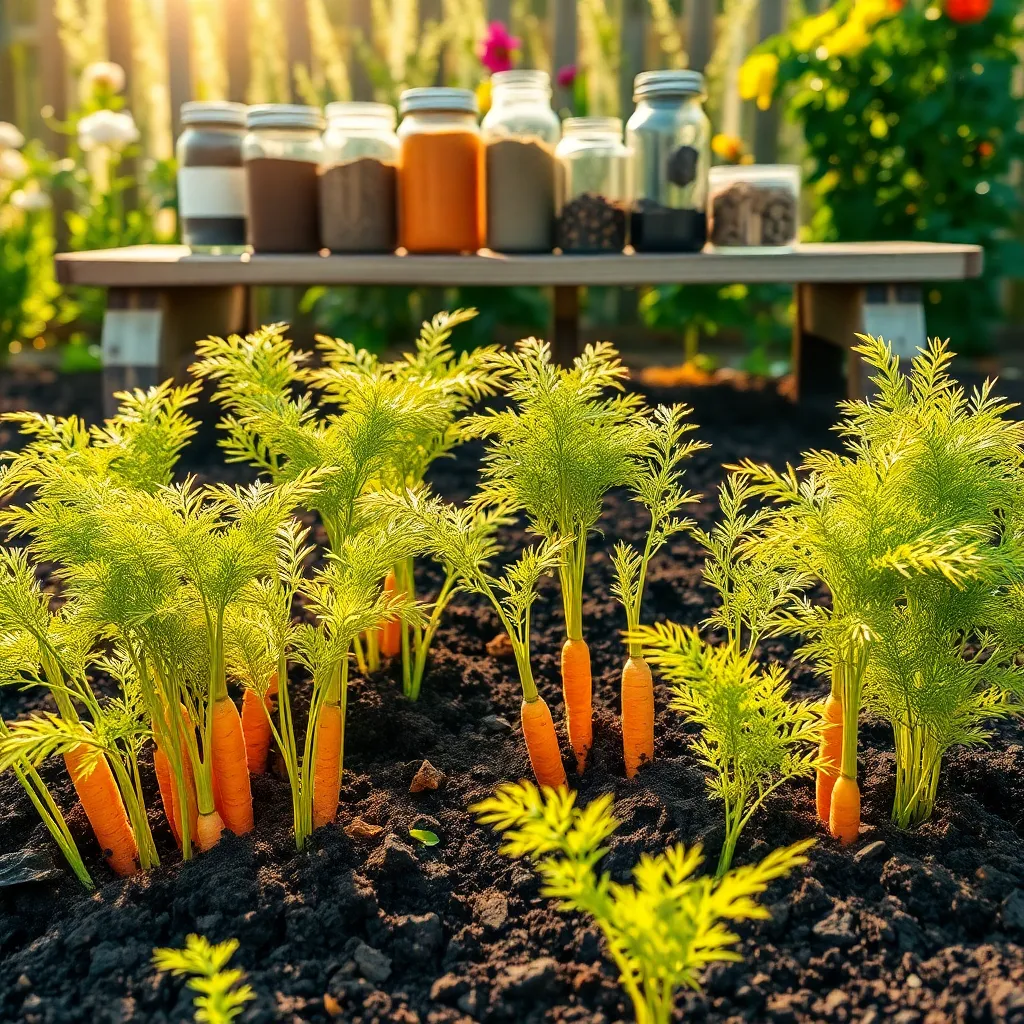
Understanding soil types is crucial for growing healthy carrots from seed. Many gardeners mistakenly believe that carrots can thrive in any soil, but this isn’t always the case.
Carrots prefer well-drained, loose, sandy loam soil, which allows their roots to grow straight and long. Compacted or rocky soils can cause carrots to become misshapen and stunt their growth.
If you’re working with clay soil, consider amending it with organic matter such as compost or sand. This addition improves drainage and texture, making it more suitable for carrot cultivation.
For sandy soils, regular watering is essential to prevent the soil from drying out too quickly. Mulching can help retain moisture and keep the soil temperature stable, which is beneficial for carrot growth.
Testing your soil’s pH can also make a significant difference, as carrots thrive in a slightly acidic to neutral pH of 6.0 to 7.0. You can adjust pH levels by incorporating lime to raise it or sulfur to lower it, ensuring optimal conditions for your carrot seeds.
Understanding Carrot Watering Needs
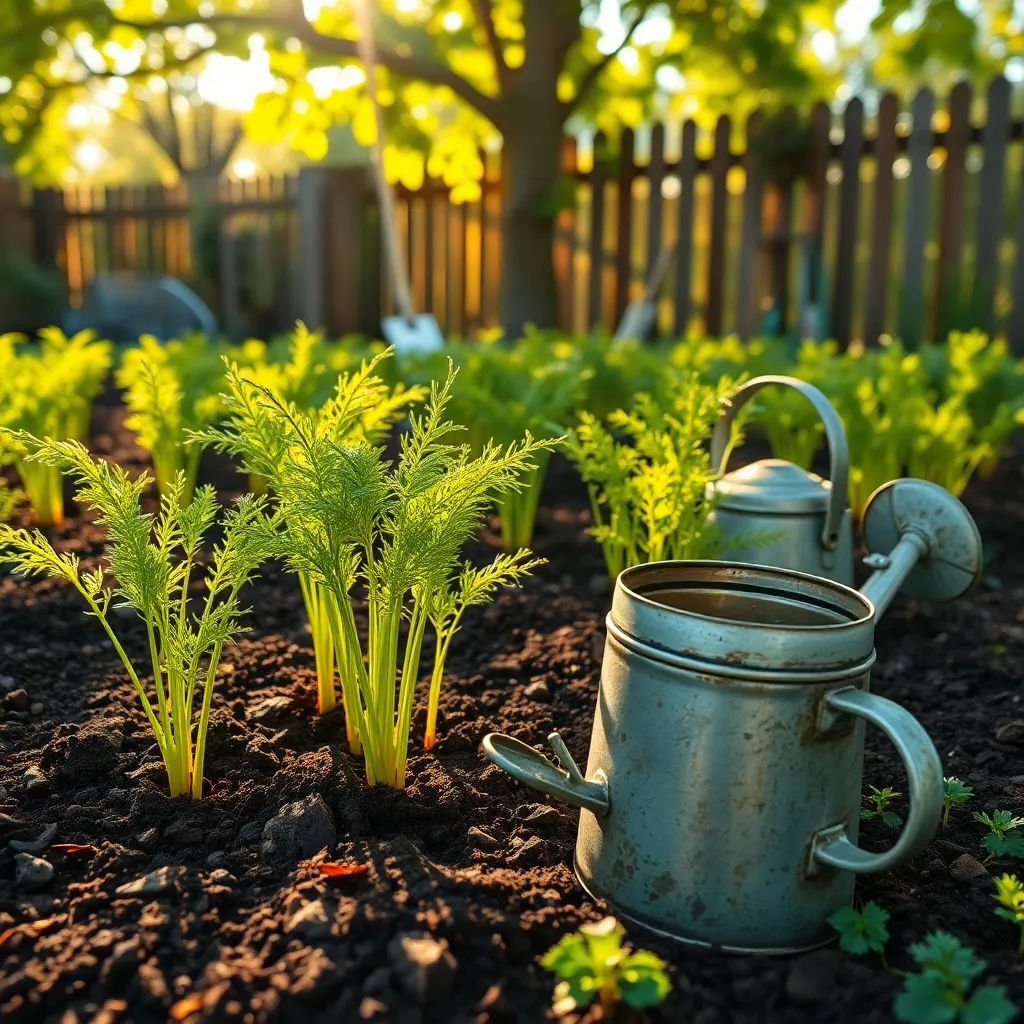
Understanding the watering needs of carrots is crucial for growing healthy roots from seed. Carrots require consistent moisture, but it’s important to avoid waterlogged soil, which can lead to root rot.
Begin by ensuring your soil is well-draining, which is vital for preventing excess water from accumulating. A sandy loam soil enriched with organic matter is ideal, as it retains moisture while allowing excess to drain away.
During the germination phase, keep the top layer of soil consistently moist. This can be achieved by gently watering with a fine spray or covering the area with a thin layer of mulch to retain moisture.
Once seedlings emerge, maintain a regular watering schedule, aiming for about one inch of water per week, including rainfall. Check soil moisture by sticking your finger about an inch into the soil; it should feel damp, not dry or overly saturated.
To promote deeper root growth, gradually increase the amount of water as the plants mature, but reduce frequency. This encourages the roots to grow deeper into the soil, seeking moisture, which strengthens the plant.
Advanced gardeners might consider using drip irrigation systems for precise watering, which minimizes evaporation and ensures water reaches the root zone efficiently. Consistent watering, tailored to your soil type, is key to growing straight, healthy carrots.
Addressing Germination Time Misbeliefs
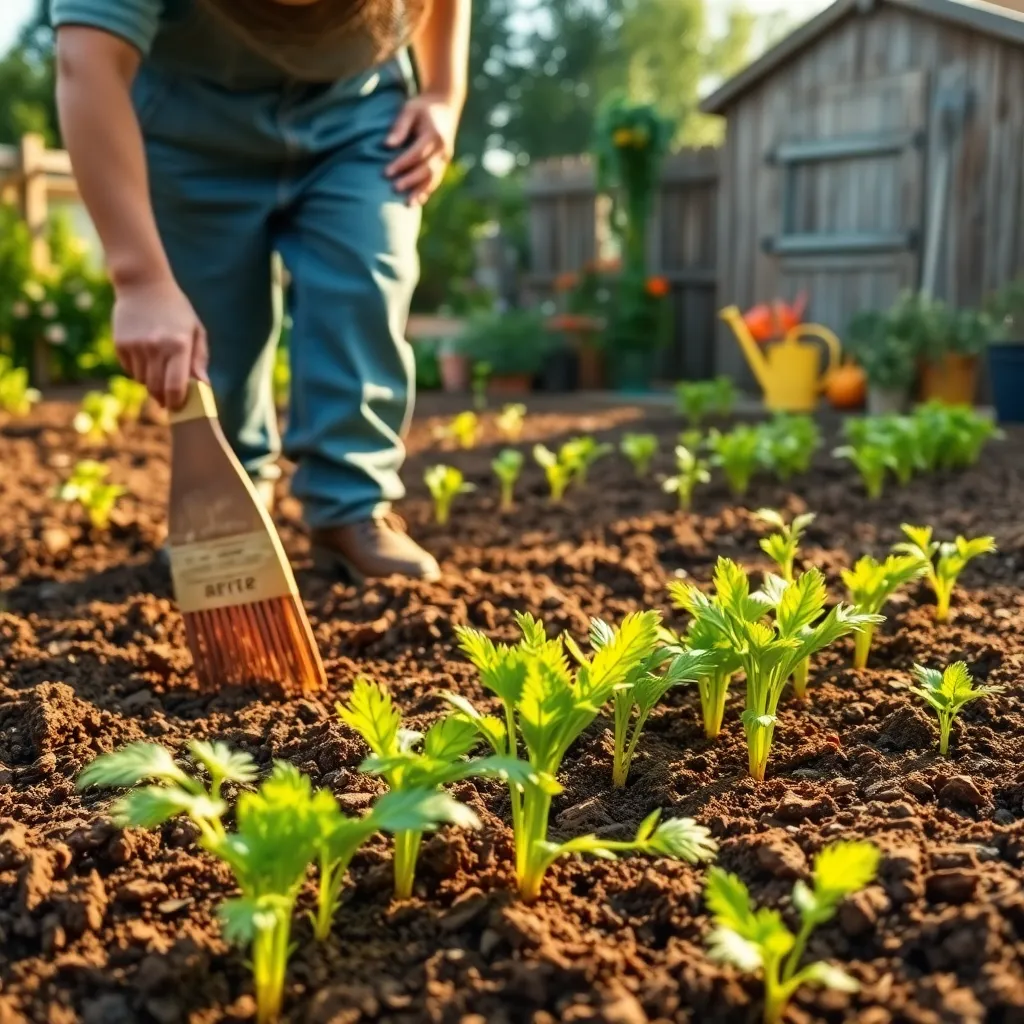
Many gardeners believe that carrot seeds germinate quickly, but this is a common misconception. **Carrot seeds typically take anywhere from 10 to 21 days to germinate**, depending on the soil temperature and moisture levels.
To ensure successful germination, it’s crucial to maintain a consistent level of moisture in the soil. **Lightly water the soil daily or cover the area with a damp burlap cloth** to prevent it from drying out, especially in warmer climates.
Soil temperature plays a significant role in germination speed. **Ideally, the soil should be between 55°F to 75°F (13°C to 24°C)** for optimal germination, so consider using a soil thermometer for accuracy.
For those looking to speed up the process, soaking carrot seeds in water for 24 hours before planting can help. **This simple technique allows the seeds to absorb moisture**, making it easier for them to sprout once planted.
Correcting Harvest Time Fallacies
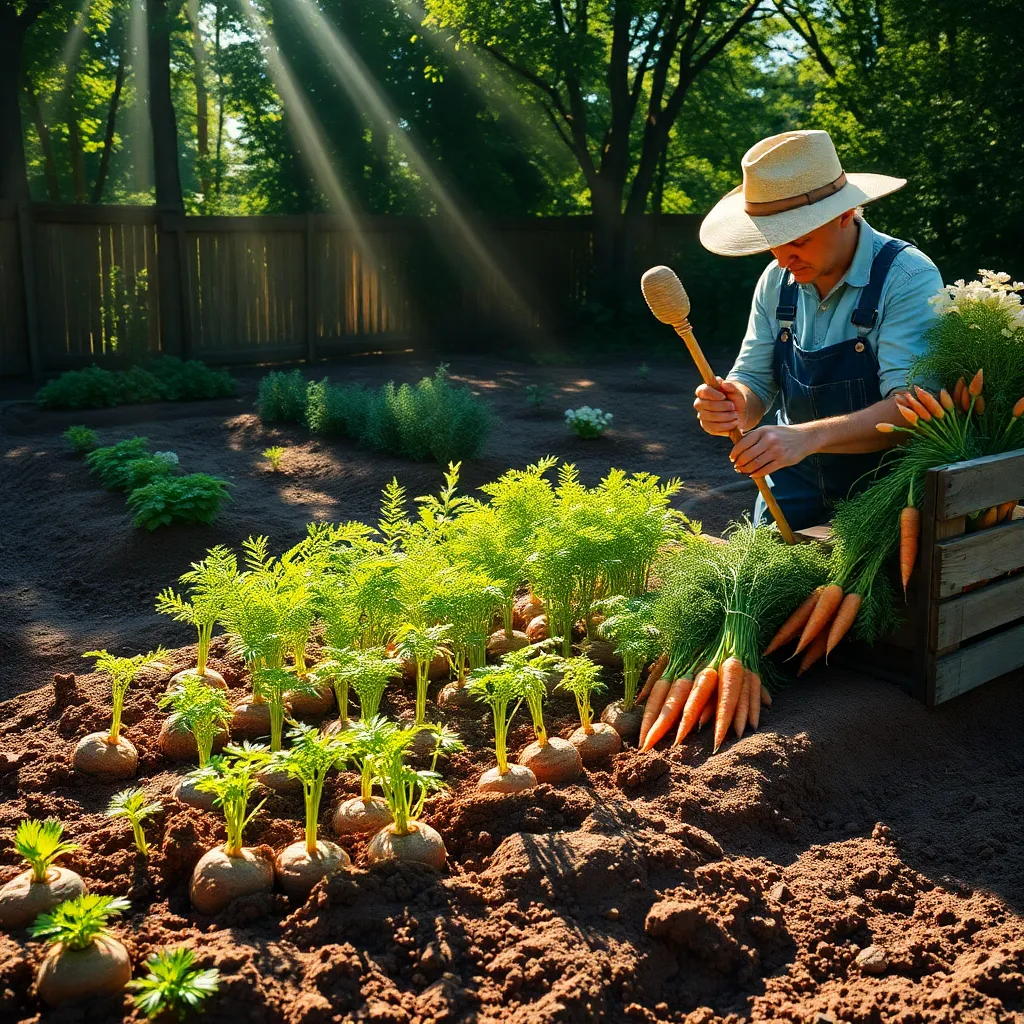
Many gardeners believe that carrots are ready to harvest as soon as they reach a certain size, but it’s important to consider the variety and growing conditions. The time to harvest can vary greatly, so it’s crucial to understand that the ideal size is not the only indicator of maturity.
To ensure your carrots are sweet and flavorful, check the days to maturity listed on the seed packet, which typically ranges from 60 to 80 days. However, this is just a guideline; environmental factors like soil quality and sunlight exposure can affect growth rates, so it’s essential to monitor your plants closely.
When assessing readiness, look for visible signs such as the top of the carrot root emerging from the soil. This is a good indicator that they might be ready, but gently pull one out to check for desired size and color before harvesting the entire crop.
For gardeners seeking a continuous supply, consider succession planting every few weeks to stagger harvest times. This method ensures you have fresh carrots to enjoy throughout the growing season, providing an ongoing opportunity to enjoy your hard work.
Conclusion: Growing Success with These Plants
In navigating the garden of relationships, understanding and debunking myths is key to nurturing growth. This article has illuminated five critical concepts: first, that patience and understanding are essential in any relationship; second, communication is akin to the vital role of sunlight for seeds; third, every relationship, like each carrot, grows at its own pace; fourth, the importance of nurturing trust, much like providing fertile soil; and finally, the need for consistent effort to foster lasting bonds. As an immediate actionable step, take a moment today to engage in a meaningful conversation with your partner or a loved one, focusing on listening and understanding.
Remember, relationships flourish with care and attention. Bookmark this article to revisit these insights and continue your journey toward enriched connections. As you implement these principles, visualize a future where your relationships, much like a thriving garden, are vibrant and resilient. With dedication and the right mindset, relationship success is not just a possibility—it’s within your reach. Save this guide as your go-to resource for nurturing your relationships, and watch them grow beautifully over time.

